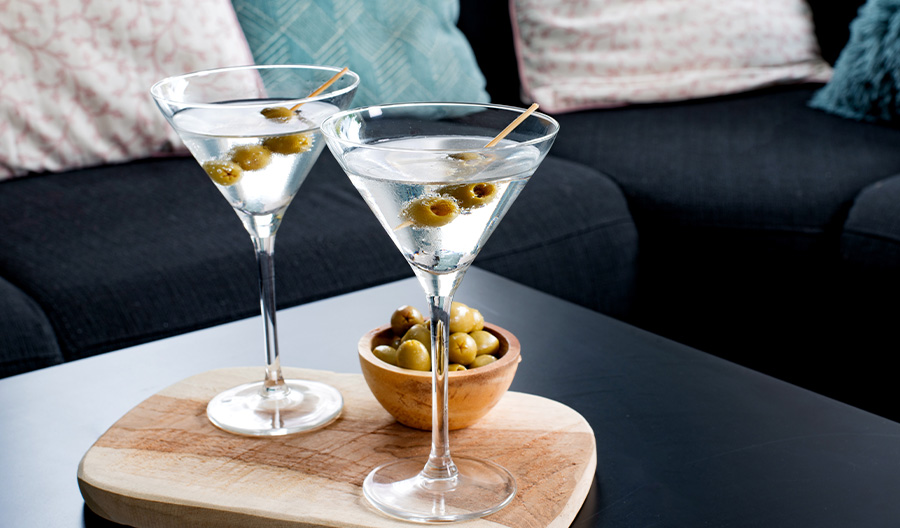As one of the most versatile and enduring spirits in the world, vodka has a storied history that spans continents and centuries. In this exploration, we unravel the intricate journey of vodka, tracing its evolution from its humble beginnings to its present status as a global icon of spirits sophistication.
The Latest Vodka Statistics
Global vodka market is expected to reach USD 75.91 billion by 2027.
Vodka accounts for 31% of the spirits sold in the United States.
Flavored vodka represents 19% of the total vodka market.
Craft vodka sales have increased by 61% in the last five years.
Organic vodka sales have seen a growth of 13.9% annually since 2016.
Vodka made from non-traditional ingredients like grapes and corn has grown by 29% in the last two years.
How Have Consumer Preferences Influenced the Evolution of Vodka?
Consumer preferences have significantly influenced the evolution of vodka in several ways. One of the most notable trends is the shift towards premium and super-premium vodka. Consumers are increasingly seeking high-quality, luxury products, and this has led to a surge in the production of top-shelf vodka brands. These vodkas are often distinguished by their superior ingredients, meticulous distillation processes, and elegant packaging.
Another key trend is the rise of flavored vodka. As consumers become more adventurous in their tastes, they are seeking out vodkas infused with a wide range of flavors, from traditional options like lemon and vanilla to more exotic varieties like cucumber, rose, and even bacon. This trend has led to a proliferation of flavored vodkas on the market, offering consumers a greater variety of taste experiences.
Health-consciousness is another consumer preference that has shaped the evolution of vodka. Many consumers are now seeking out vodkas that are organic, gluten-free, or made with natural ingredients. This has led to the emergence of 'clean' vodkas that emphasize their healthful qualities, as well as vodkas made with locally sourced or sustainably produced ingredients.
Finally, there's the trend towards craft and artisanal vodka. Just as consumers have embraced craft beer and small-batch spirits, they are also seeking out vodkas that are produced on a smaller scale and offer a unique, authentic experience. This has led to a boom in craft vodka distilleries, which often emphasize traditional distillation methods, innovative flavors, and a strong connection to their local community.

What are Some Notable Examples of Vodka Reinvention?
One of the most significant reinventions of vodka is the introduction of flavored vodka. This innovation has allowed vodka to expand its market appeal, with flavors ranging from fruity options like raspberry and orange to more unique offerings like whipped cream or cinnamon. Many major brands have made a name for themselves in the flavored vodka market, offering a wide variety of options for consumers.
Another notable example of vodka reinvention is the focus on artisanal and craft production. Small batch vodka distilleries have been popping up around the world, emphasizing quality ingredients, traditional distillation methods, and unique flavor profiles. Some big brands are leading the way in this craft vodka movement, providing a high-quality alternative to mass-produced vodka.
The trend of vodka reinvention can also be seen in the rise of organic and eco-friendly vodka brands. These brands prioritize sustainable farming practices, environmentally friendly production methods, and organic ingredients. This not only provides a unique selling point for these brands, but also caters to the growing consumer demand for sustainable and organic products.
Vodka is also being reinvented through innovative packaging and branding strategies. There are brands that have elevated vodka to a luxury product through their premium packaging and branding. This includes everything from the design of the bottle to the story behind the brand, creating a unique and luxurious experience for the consumer.

